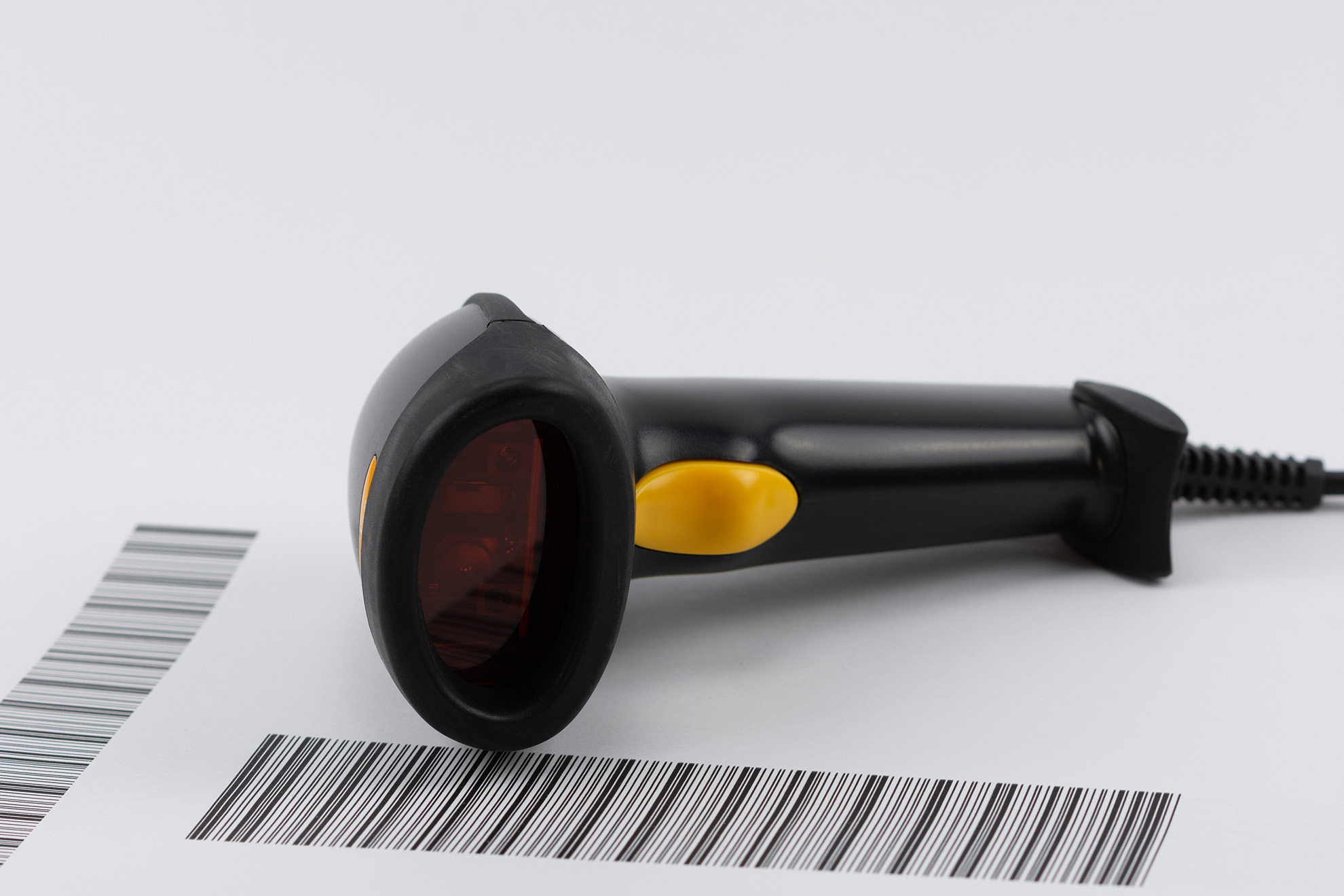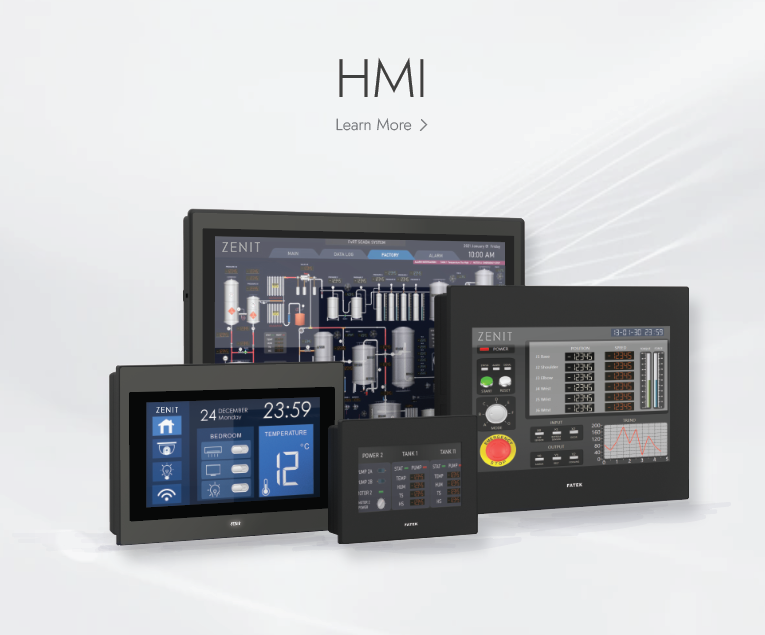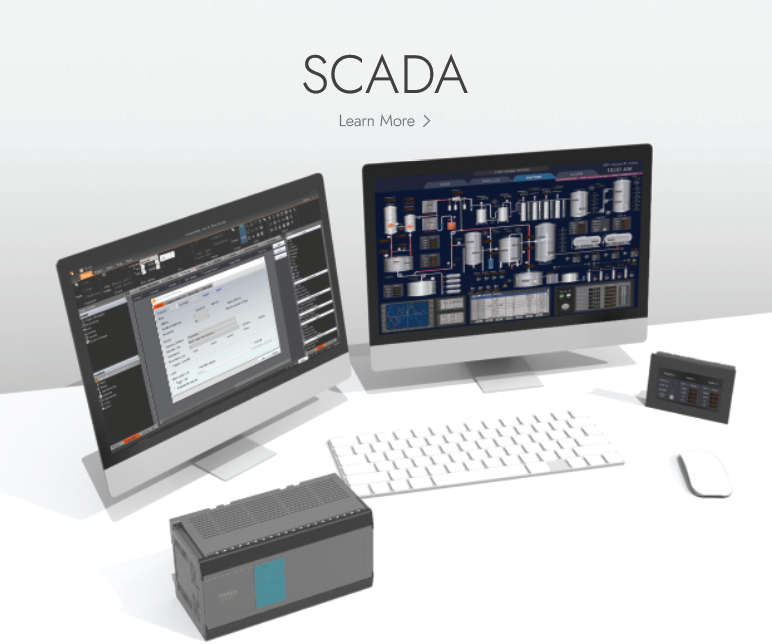

OVERVIEW

Automobile production line
The automotive industry is a comprehensive industry developed based on numerous supporting industries and related technologies. In addition to the complex and precise control performance requirements for controllers, extreme demands for the environmental resistance and reliability of controllers are also imposed during the production process.In the stamping process of car bodies, precise repetition is required to ensure consistent thickness. The production line conveyor belts must operate smoothly and stably to prevent parts from falling off during transportation. The painting room has strict standards for temperature control, and inaccurate heating may cause defects in the paint surface. The assembly area requires reliable testing fixtures and an easy-to-operate and stable human-machine interface to assist personnel in the assembly process.
- Automobile Production Line
- Punching Machine
- Assembly
- Conveyor Belt
- Paint Baking

Food Industry
The methods of food preparation have evolved from the hands of chefs in the kitchen to automated production equipment in central kitchens. Producing the texture and taste comparable to those made by skilled chefs through machinery and equipment requires not only reliance on the adjustment of various production parameters, but also a stable controller to monitor every detail. A rolling machine must achieve precise synchronization between multiple axes to evenly flatten the dough; a container filling device must have a quick response to accurately control the filling capacity; a heating system must have precise temperature control to cook to the desired taste; and a packaging machine must be able to package quickly to ensure the freshness of the ingredients.
- Rolling Machine
- Container Injection
- Heating
- Packaging

Textile Industry
Textile manufacturing is not limited to creating clothing for wear. Through complex techniques, layers of intertwining and stacking, it can produce beautiful, multi-layered works of art resembling paintings. With the advancement of industrial automation, modern textile machines are now capable of producing exquisite garments that were once only woven by skilled craftsmen. The tangled fibers require processes such as rolling, beating, and pulling to loosen them, and the controllers must be able to resist complex environmental noise and vibrations to maintain stable operation. The weaving process relies on extremely fast interweaving of threads, placing high demands on the controller's performance and precision. Dyeing and finishing involve heating chemical agents for color mixing and color fixation after dyeing, requiring precise temperature control to ensure that the dyes adhere firmly to different materials.
- Spinning Machine
- Weaving Machine
- Dyeing and Finishing
TECHNOLOGY
 1231231311231
1231231311231Recipe Function
In industrial on-site production processes, often a single machine is required to complete the processing of different types of workpieces. As the products to be processed vary, the process parameters to be executed will also differ significantly. Just like relying on recipes to make food with various flavors, if a recipe function is available on the human-machine interface (HMI), it would simplify the production process and ensure stable product quality by executing Recipe A when processing Product A, Recipe B when processing Product B, and so on.

USB Barcode Reader
In factories, barcodes are ubiquitous in the production of goods. These barcodes can provide a wealth of information about the product, including its name, production date, category, and more. Through these barcodes, we can achieve product traceability.
With an HMI (Human-Machine Interface), data interaction with a barcode scanner can be achieved through a USB port. Simply configuring the address allows for the recording of barcode information.
 1231231311231
1231231311231Multilingual Support
As equipment goes global, the importance of control system language interaction is self-evident.
The HMI enables seamless switching between various languages through multiple text lists, facilitating international expansion and reducing language barriers in operating the equipment. Currently, it supports up to 16 language options, and the translation and comparison can be achieved more quickly through the import and export of Excel files.
ARTICLES

Spraying Machine


